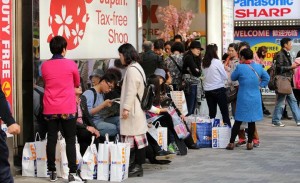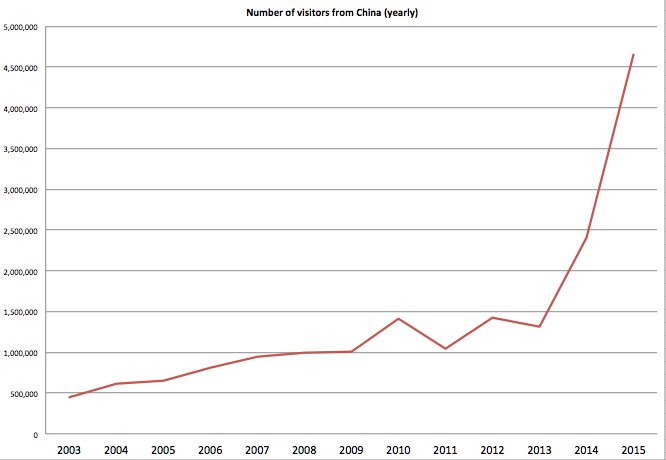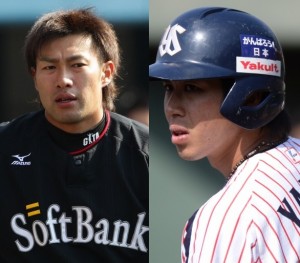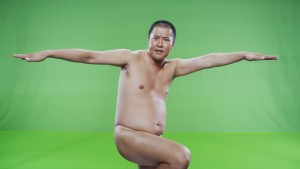otoshi : an unspoken agreement in Japanese restaurant

What’s Otoshi?
When you go to Japanese Izakaya (tavern) or restaurant, you might be surprised that you are immediately served a tiny portion dish which you have never ordered.
It is what we call Otoshi (お通し) or Tsukidashi (突き出し).
Otoshi is a cover charge (usually 200 – 500 yen) of an appetizer or a small dish served as soon as a customer sits down. It usually costs 300 – 500 yen. A dish varies in restaurants. From my experience, Otoshi tells how good the restaurant is.
Not many restaurants display the price and name of dish in Japan.
Otoshi is an unspoken agreement in Japanese restaurant industry.
However, what if the Otoshi contains ingredients which you are allergic to? Is it just a waste of money? Otoshi can be refused?
Refusing Otoshi
Is Otoshi mandatory to pay at restaurants in Japan? The answer is No. However if you accepted to eat Otoshi you are charged to pay for it.
According to Japanese law portal service https://www.bengo4.com/shohishahigai/n_360/),
If you refuse, you do not have an obligation to pay. The contract has not been concluded yet.
When the restaurants state the requirement of Otoshi, price and the food in the menu book, at the entrance, or explanation clearly, you are not allowed to refuse Otoshi.
What if the restaurant doesn’t state requirement of Otoshi?
In this case, you can still refuse Otoshi, the contract is not still concluded
Conclusion:
Refusing Otoshi is possible in Japan. However, to enjoy Japanese restaurant and culture, I recommend not to refuse Otoshi unless you are not allergic to it. Otoshi represents the restaurant and it is usually specialities of the restaurant. It is worth to pay. To tell you the truth, I have never refused Otoshi in my life, but sometime in major Izakaya chains, Otoshi is not good quality.










